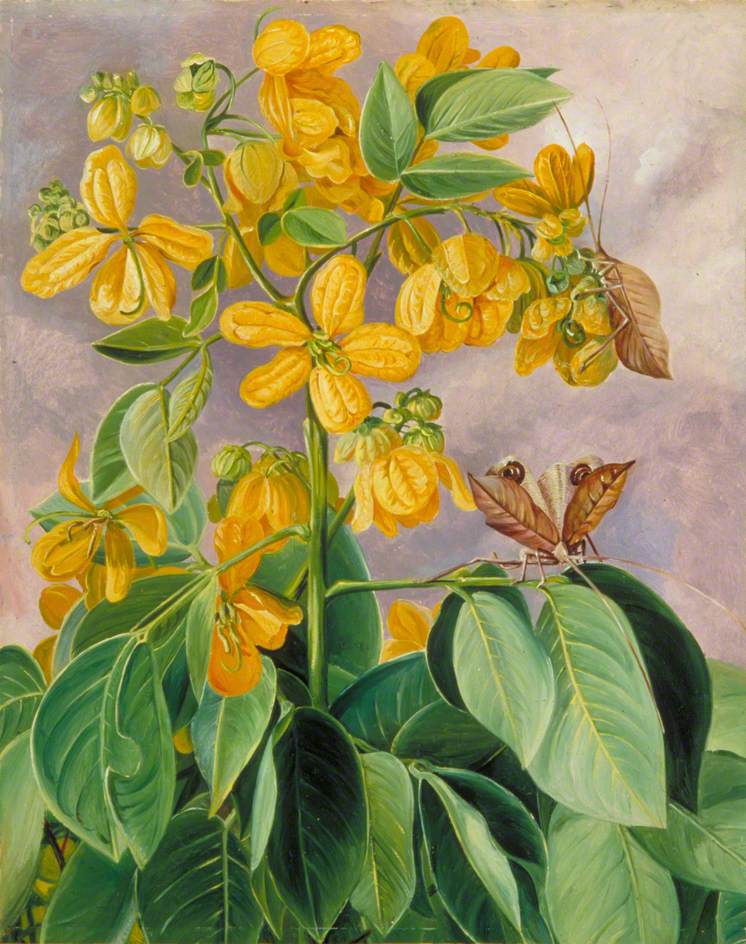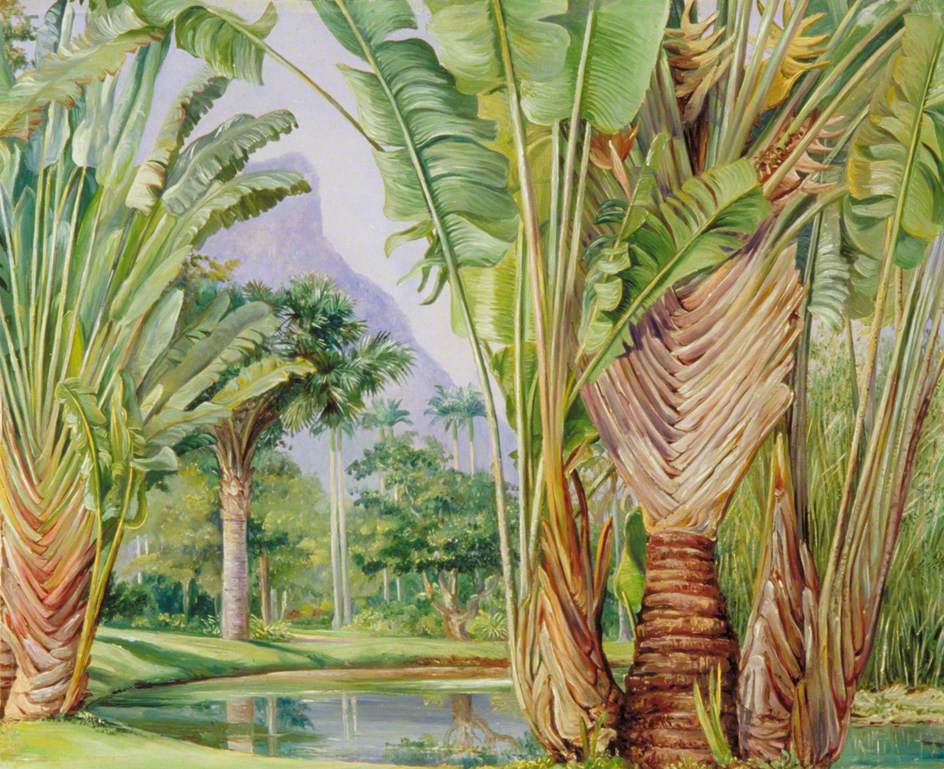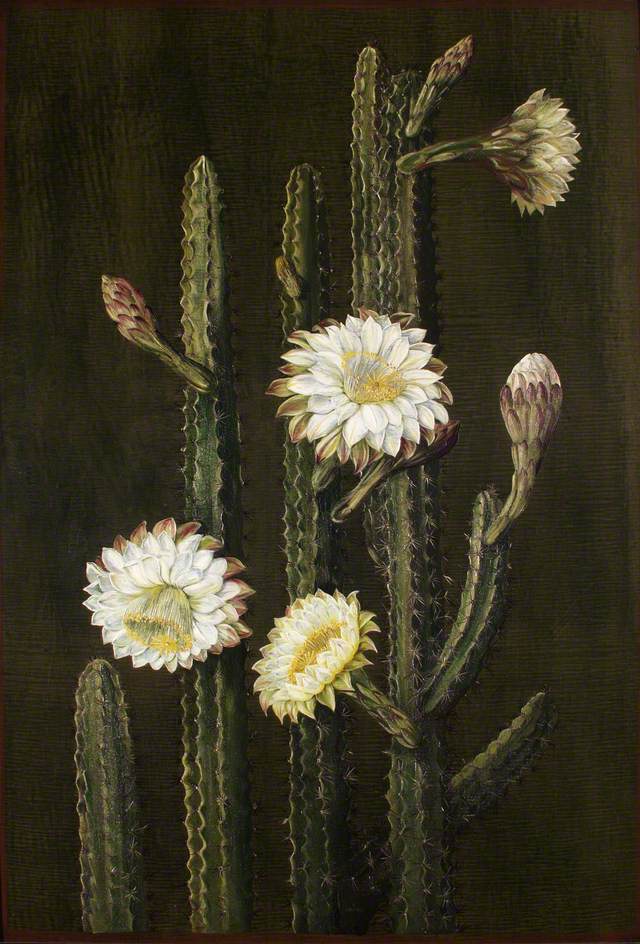The name Aleijadinho is not familiar to many people outside Brazil. It's the nickname given to Antônio Francisco Lisboa (1730/38–1814), the sculptor and architect whose works are now recognised as defining examples of Brazilian baroque art and architecture. (That is, if he was even a real person – a topic of some controversy and debate. For the purposes of this post, let's assume he did exist.) Aleijadinho was a Mineiro (a person from Minas Gerais) through and through, and his works can be seen throughout Minas, including the towns of Ouro Preto,[1] São João del Rei and Congonhas do Campo. Where does the nickname come from? 'O Aleijadinho' means 'The Little Cripple', owing to an apocryphal story that the artist caught leprosy and continued to work even after his hands had deteriorated, with his tools tied to the stumps of his wrists so that he could carve his sculptures, chiselling through the pain. The honorary title of 'the Michelangelo of Brazil' has been applied over the years, although this label does feel a bit clickbaity – the two artists worked in very different times, places and visual styles.[2]
 |
| Euclásio Ventura, Antônio Francisco Lisboa (Aleijadinho), posthumous portrait, 19th century, Museu de Congonhas, Congonhas do Campo, Minas Gerais, Brazil. Source. |
In my
previous post I discussed the British explorer Richard Francis Burton's journey through Minas Gerais in the 1860s, accompanied by his wife Isabel – as documented in his book
Explorations of the Highlands of the Brazil (1869).
In December 1867 (or possibly January 1868), the couple arrived in Congonhas do Campo, then a 'hamlet of 600 souls'. Even on their approach, Richard noted the prominence of the church and convent, the Santuário do Bom Jesus de Matosinhos, at the centre of the town: 'At first glance Congonhas appeared to be all one church and convent'.
[3] When they arrived, they were shown around by the Reverend Padre Antonio José de Costa of the Brotherhood of Bom Jesus de Matosinhos. He took them to see the sculptures by Aleijadinho which can be found throughout the town's historic centre. This includes a series of seven sculpted tableaux depicting scenes from the Passion of Christ, created by Aleijadinho and his assistants in the 1790s. They consist of life-sized wooden figures of the biblical characters arranged like actors on a stage in dramatic poses (the figures are not fixed to the floor and can therefore be moved or rearranged). Each scene is enclosed within a small oratory, so visitors must walk from one building to the next in a zig-zag pattern, following the story as it unfolds up a gentle slope:
 |
| The series of domed oratories containing the individual scenes from Aleijadinho's Passion series in Congonhas. Source. |
This is what Richard Burton thought of the first scene, the Last Supper, when he looked inside:
Wooden figures, mostly mere masques or 'dickies', without bowels or dorsal spine, dressed like the traditional Turk of the Christian Mediterranean type, are seated at a table richly spread with tea (or maté) pots, cups, liqueurs, and meats.
 |
| Aleijadinho, Last Supper tableau, Congonhas. Still from the documentary O Aleijadinho (1978), dir. Joaquim Pedro de Andrade. Note the presence of food and drink (presumably also carved sculptures?) on the table in Burton's description; evidently these no longer exist. |
Our Lord is saying, 'One of you shall betray me.'
 |
| Head of Christ from the Last Supper by Aleijadinho. Still from the documentary O Aleijadinho (1978), dir. Joaquim Pedro de Andrade. |
All look with quaint expressions of horror and surprise, except Judas, who sits next the door, hideous of aspect, and caring as little to disguise his villainy as Iago upon an English stage. My wife complied with the custom of the place, took the knife from Judas his platter, and dug it into his eye, or rather into a deep cut which cleaves his left molar bone, and then smote with it his shoulder. This poor Judas!
 |
| Figure of Judas clutching the bag of coins from the Last Supper by Aleijadinho. Source. |
After performing this strange ritual, Richard and Isabel proceeded to the oratory that presented Christ's arrest by the Roman soldiers, Judas having betrayed him:
The first of the new stations shows the mercurial and somewhat Hibernian St. Peter striking off the ear while the Saviour is about to heal the wound.
.jpg/1280px--i---i-_(6306303513).jpg) |
| Christ (right) and Judas from the Arrest of Christ by Aleijadinho. Source. |
The inscription Tanquam ad latronem, &c., does not merit notice; the Pagan soldiers do. Surely such Roman-nosed warriors never could have existed unless they used their proboscis as the elephant uses its trunk.
On the extreme left of the scene we see Peter raising his sword above his head, having just sliced off the ear of the Roman solider, Malchus, who kneels in the foreground on the far right; Christ in the centre steps forward to heal the wound.
 |
| The wounded soldier Malchus. Source. |
Burton concludes of the
Passion series:
But grotesque as they are, and utterly vile as works of art, these wooden caricatures, serve, I have no doubt, to fix their subjects firmly in the public mind, and to keep alive a certain kind of devotion.[4]
Curiously, Burton does not mention that these sculptures are by Aleijadinho. This doesn't mean that he didn't know about the artist; earlier in his book he mentions the 'handless man, whose labours we shall find scattered throughout this part of the Province':
He is generally known as the Aleijado or Aleijadinho – the Cripple or the Little Cripple; some call him O Ignacinho, little Ignatius, others Antonio Francisco. His work was done with tools adjusted by an assistant to the stumps that represented arms.[5]
Burton does acknowledge that the artist was responsible for the other sculptures in Congonhas, which are even more famous: the life-sized stone figures of the twelve Prophets, created between 1800 and 1805. The statues occupy the forecourt of the church of the Santuário do Bom Jesus de Matosinhos:
Here's what Burton wrote about these 'twelve gigantic figures':
Each figure is inhabited in conventional Oriental costume, bearing a roll engraved with some remarkable passage from his book, in Latin and large old letters. The material is steatite [soapstone], found in the neighbourhood, and the workman was the ubiquitous Cripple [...] The group has a good effect at a distance, and in the Brazil the idea is original: it compares, however, poorly with the Bom Jesus de Braga, near Oporto, and the humblest of Italian holy palaces.[6]
These must be among the earliest written descriptions of the works of one of Brazil's greatest artists by a British traveller. It's just a shame that the traveller in question didn't think very highly of them! Burton's hyperbolic criticisms – 'utterly vile as works of art', 'grotesque', 'mere masques or "dickies"' – remind me of the extreme language that the art critics hurled at the early paintings of the Pre-Raphaelites in the 1850s; Charles Dickens's famous review in 1850, declaring that the new style of Pre-Raphaelite painting represented 'the lowest depths of what is mean, odious, repulsive, and revolting'.
[7] The subject of British responses to Aleijadinho in the nineteenth century requires further research – did any other Brits visiting Brazil see these distinctive sculptures and churches, and write about them? I'm not sure if this has ever been considered before!
 |
| The extraordinary angel from the Agony in the Garden by Aleijadinho at Congonhas. Source. |
Notes
[1] Aleijadinho was born in Ouro Preto in the 1730s, when the town was known by an older name, Villa Rica. He lived there his entire life and died there on 18 November 1814. He's buried in the Igreja [Church] Matriz de Nossa Senhora da Conceição de Antônio Dias, in Ouro Preto.
[2] Daniel Whittaker, '
On the golden trail of Brazil's Michelangelo',
The Observer, 23 April 2000.
[3] Richard Francis Burton,
Explorations of the Highlands of the Brazil (1869), vol. 1, pp. 165-66.
[4] The description of the Aleijadinho
Passion series quoted here can be found in Burton,
Explorations, vol. 1, pp. 168-69.
[5] Burton,
Explorations, vol. 1, pp. 122-23.
[6] Burton,
Explorations, vol. 1, p. 171. Burton is referring the sanctuary of
Bom Jesus de Braga near the city of Braga in Portugal.
[7] Charles Dickens, '
Old Lamps for New Ones',
Household Words, 15 June 1850, pp. 12-14.






.jpg/1280px--i---i-_(6306303513).jpg)


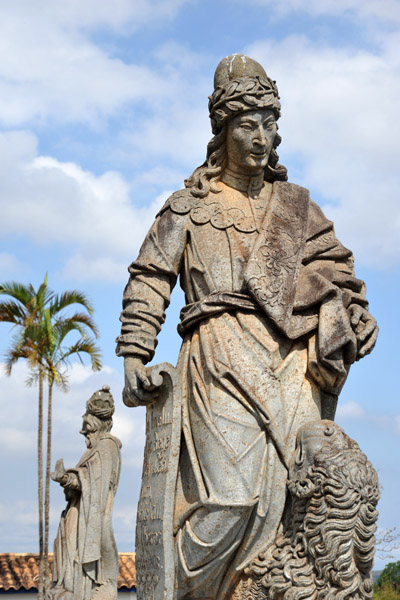
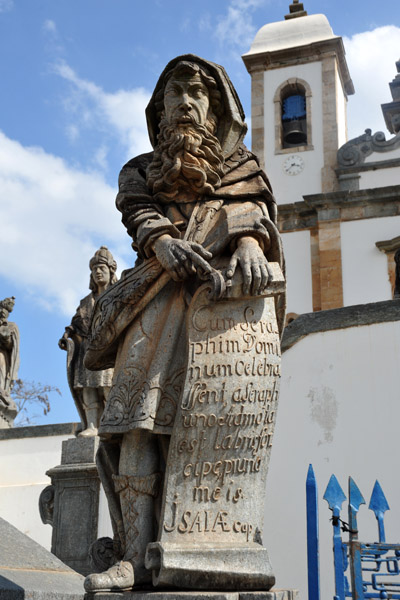
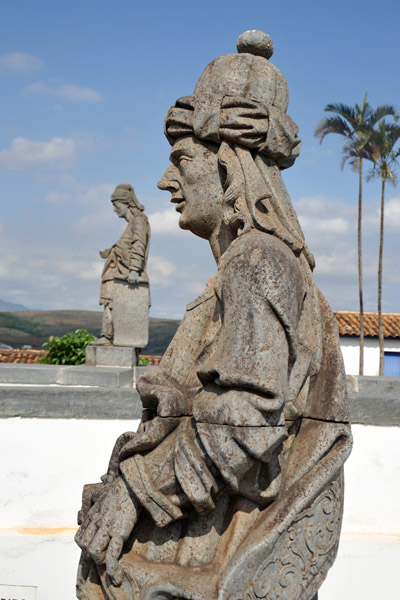
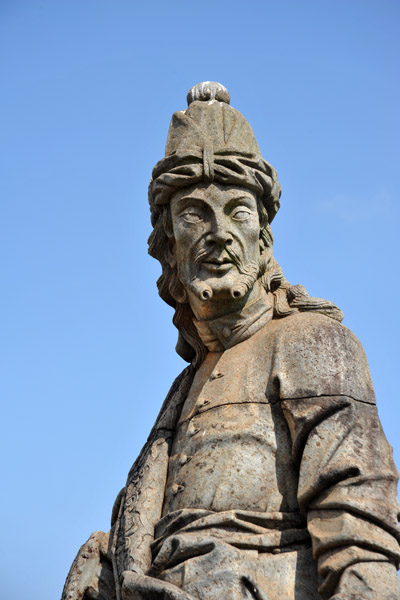





.jpg/1024px-Museu_Mariano_Proc%C3%B3pio_por_Rodrigo_Tetsuo_Argenton_(09).jpg)






